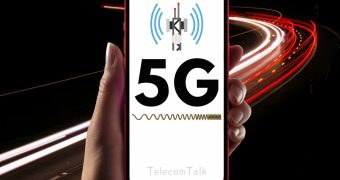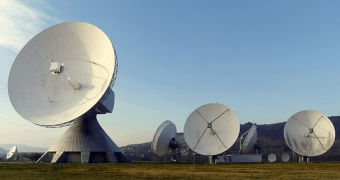After a lot of discussion and consultation, the telecom regulator, which also oversees the regulations in the DTH and the broadcasting industry has changed the audit regulations for the Distribution Platform Operators (DPOs). The new regulations by Trai on this matter tighten the audit regime by making changes to the interconnection regulations. As per the new regulations, the operator should schedule the annual audit such that there should be a minimum of six months gap between these two audits and a maximum of eighteen months of gap between them as well. The minimum transactional capacity required for the conditional access system (CAS) and subscriber management system (SMS), which was previously set at 10% has now been brought down to 5%. Not only this, but the new interconnect regulations concern many more matters like DRM, Scheduling of Audit, Fingerprinting and More.

Fingerprinting of Set-Top Boxes
One of the major points of discussion for the stakeholders in the consultation paper, which was floated for this matter was of fingerprinting and the watermarking of the network logo on the channels. As per the authority, the Set-Top Boxes being deployed after the new amendment regulations should support the covert fingerprinting. As per the available industry information on the matter, it has been made sure that not all the deployed STBs come with both types of fingerprinting. Some of the DPOs have remarked that the STBs deployed before 2017 do not come with convert fingerprinting as they interconnection regulations before the time did not mandate it. The BIS standards also did not mandate both overt and covert fingerprinting, these stakeholders added.
Watermarking of Pay Channels
Another matter which has been finalised after the new implementation of the interconnect regulations includes the putting of network watermark on the pay-TV channels. About this issue, the authority has said that the encoders deployed after coming into effect of the new regulations should support the watermarking of the network logo on the pay channels at the encoders’ end. For this, the DPOs have been given two options, with the first one being watermarking of the logo from the encoder’s end before the DTH operator combines all of the signals by the DPO, or the DPO can do the watermarking through the middleware provided in the Set-Top Box.
CAS and SMS to Handle 5% of Activation and Deactivation of Subscribers
CAS and SMS, which are used for activating and deactivating services of subscribers over the Distribution Platform Operators (DPOs) will also be governed by these new rules set up by the Telecom Regulatory Authority of India (Trai). As per the new interconnection regulations, the DPOs should be able to activate or deactivate services or STBs of at least 5% of the subscriber base of the distributor within 24 hours. Previously, discussions were on about CAS and SMS being able to handle 10% of activation and deactivation of subscribers within 24 hours, but this would have put an unnecessary burden on some of the top DPOs and would have meant expensive equipment on their part as well. If the 10% subscriber base were in question, then the situation would have become alarming for the top DPOs, who have a subscriber base of four to five million. On the issue of DRM, the authority has said that the issue would be dealt with in a separate consultation paper. Since the stakeholders had suggested many changes, and additions to the existing rules.















